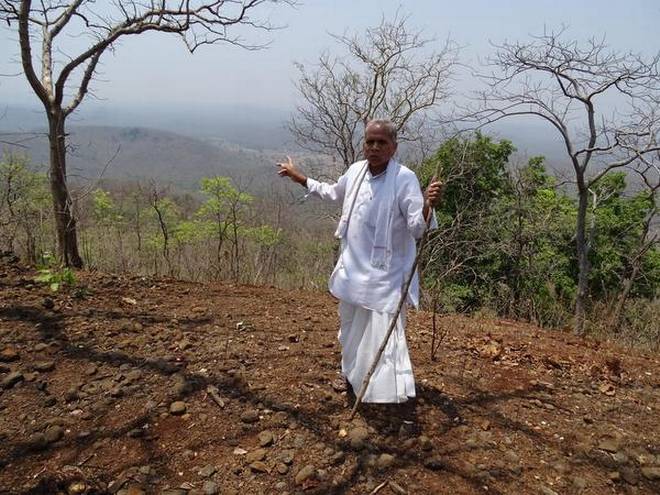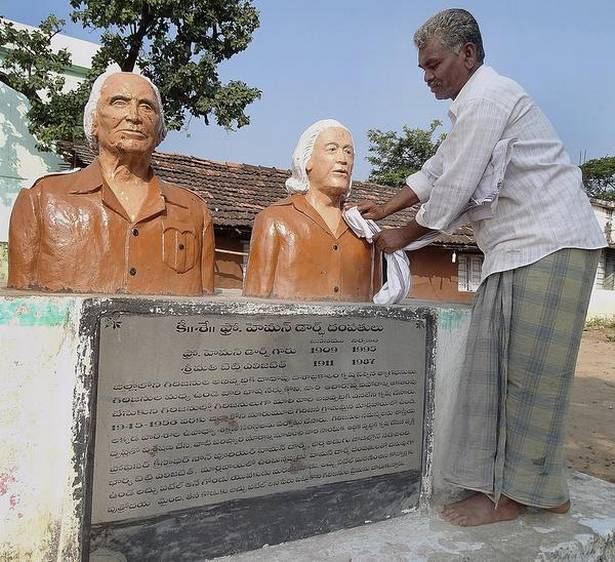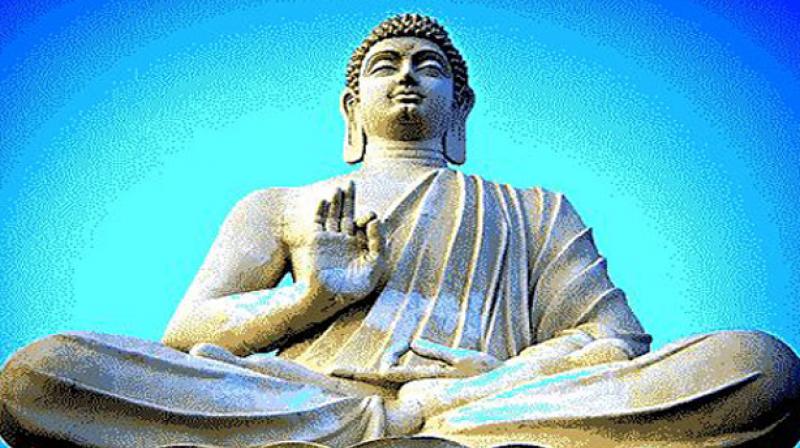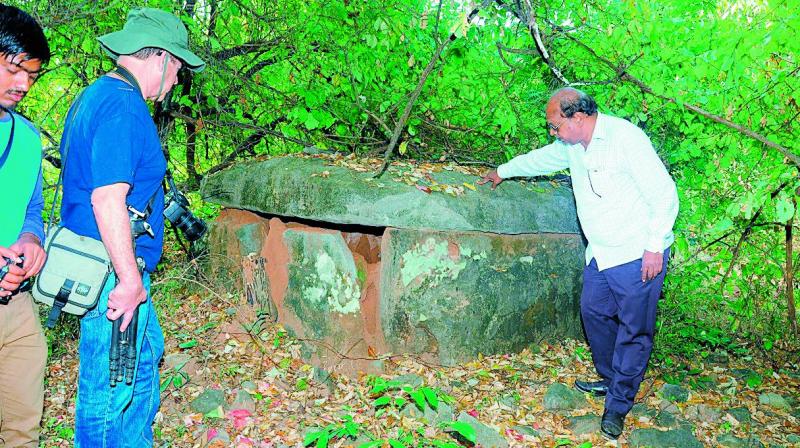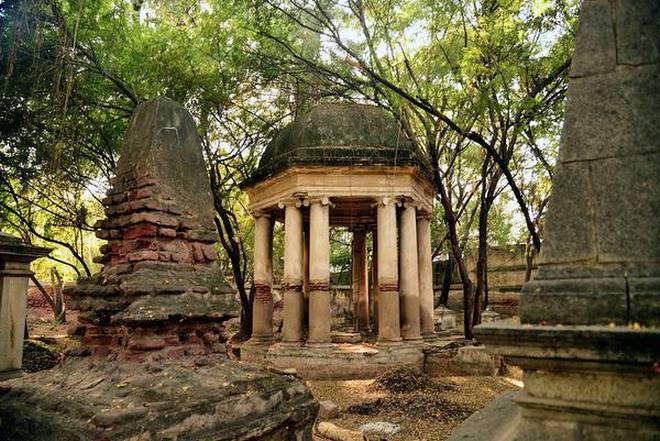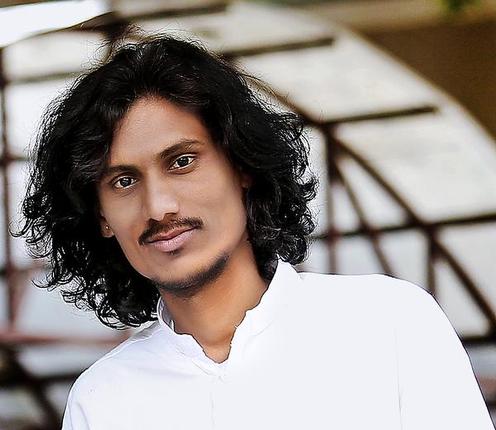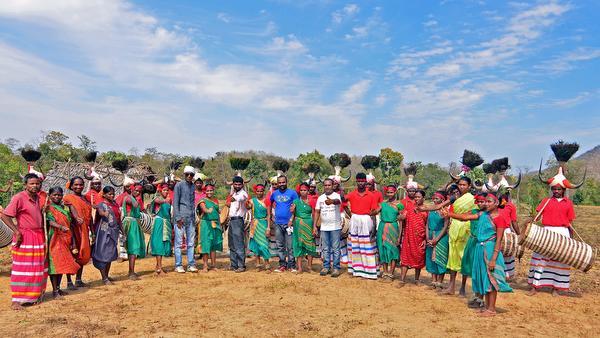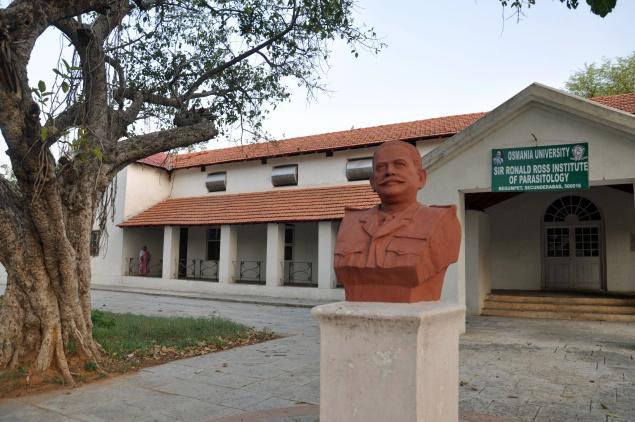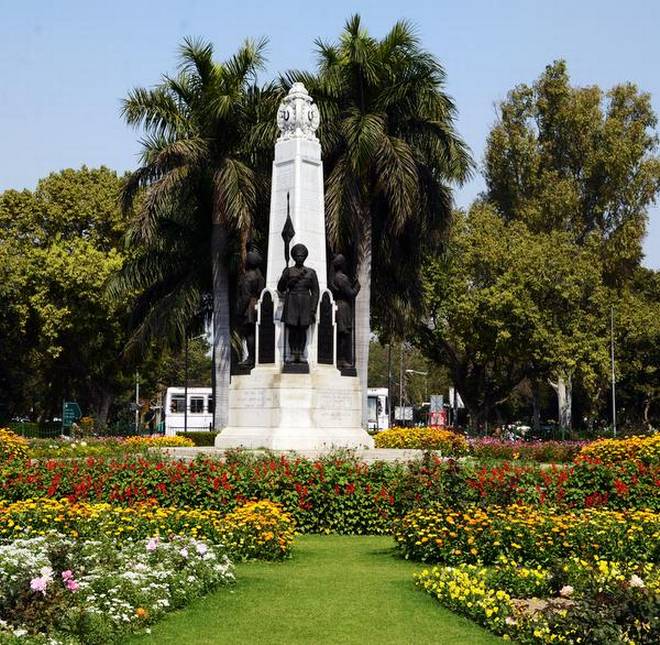
A relook at the legacy of the Teen Murti Memorial in Delhi which has a Hyderabad connect
The Teen Murti Memorial in New Delhi is set to be renamed again. What was Imperial Cavalry Brigade Memorial and became Teen Murti Memorial after Independence, is to be renamed Teen Murti Haifa Chowk timed with the first ever visit of an Indian Prime Minister to Israel. The tinkering with the name of a war memorial will not change the glorious memory and the gallantry of Indian soldiers.
Hyderabad House is a well known landmark in New Delhi and is a venue for the reception of foreign dignitaries. The Teen Murti memorial’s link to Hyderabad is less well known. But as the roundabout with three lancers wearing pugrees and khaki shorts grabs the nation’s attention due to yet another renaming row, it is time to remember the legacy of the memorial and its Hyderabad connect.
Just outside the Jamali Kunta darwaza of Golconda in Hyderabad is the area known as Second Lancers. Dotted with low squat houses painted white — some with extensions and some in the same state they were constructed — it has a few houses that still bear the names of the original allotees. While most of the men with Jamadar, Dafadar honorofics are no longer alive, the houses currently occupied by their children and grandchildren still carry their nameplates. These were some of the soldiers who saw action in France and later in Egypt and what was Palestine. The lancers from Hyderabad were the first to sail and were part of the 15th Imperial Service Cavalry Brigade along with lancers drawn from Jodhpur and Mysore princely states. The Teen Murti celebrates the bravery of soldiers from these three princely states.
To call them brave would be an understatement. The great war’s first mechanised weapon was the machine gun that shot out hundreds of bullets in an arc. The lancers from Hyderabad and the other princely states armed with just lances and light weapons were no match for the rat-rat-rat of the machine gun that mowed down anything that moved. But these men stood up, fought and won. One of the most impressive victory was at Haifa on September 23, 1918 and for this the residents of the city still celebrate Haifa Day organised by Indian embassy.
It was not easy to rouse Hyderabad soldiers to fight someone else’s war after crossing the sea. Before the war, the Nizam Osman Ali Khan had to issue a firman informing his soldiers that it is okay for them to fight against fellow Muslims of the Ottoman empire. The port city of Haifa was the key entrepot for the Allied war machine. Years later, the British withdrew from the city leaving the Jews and Arabs to fight it out. The Jews, using a three-pronged attack, captured the city on April 24 in 1948 as the Arabs left their ancient homeland.
Interestingly, while the Teen Murti memorial is in the news, the actual war memorial built for the soldiers who fought for the British in the first World War remains neglected and unseen amidst bushes and brambles in the cantonment area near Second Lancers area in Hyderabad.
Memorable designs
Teen Murti House in New Delhi was designed by Edwin Lutyens, while the Teen Murti Memorial was designed by Leonard Jennings. The one accessible war memorial in Hyderabad, the EME War Memorial in Secunderabad,was designed by Eric Marrett.
source: http://www.thehindu.com / The Hindu / Home> Features> Metroplus / by Serish Nanisetti / May 08th, 2017
